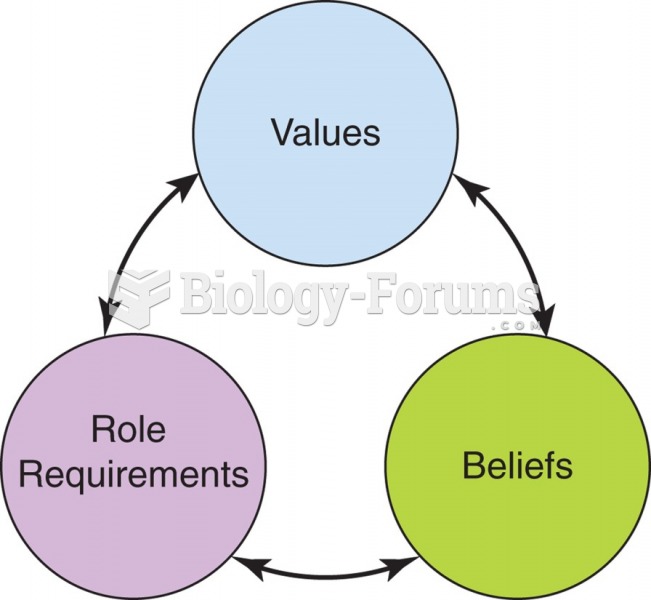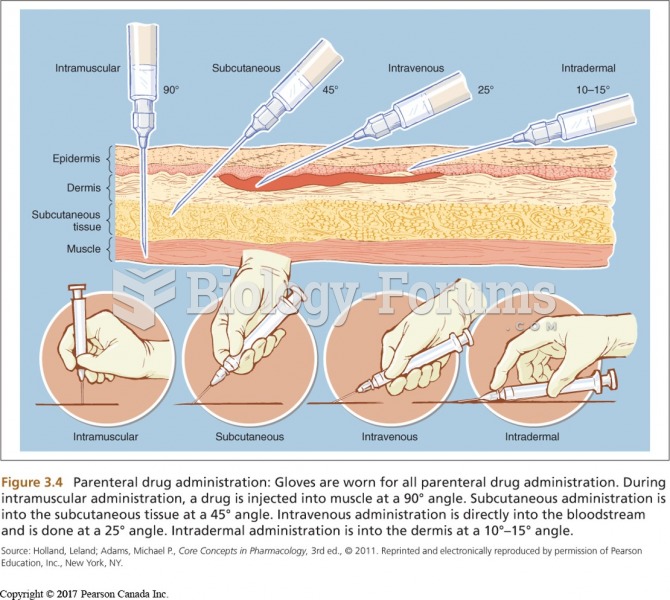Answer to Question 1
True
Answer to Question 2
People in favor of assisted suicide argue that unnecessary long-term suffering is without merit and should not have to be endured. They argue that people have a right to a death with dignity, which means a death without excessive emotional and physical pain and without excessive mental, physical, and spiritual degradation. They see assisted suicide as affirming the principle of autonomy-upholding the individual's right to make decisions about his or her dying process. Allowing the option of suicide for the terminally ill is perceived as the ultimate right of self-determination.
Opponents assert that suicide is unethical and is a mortal sin for which the deceased cannot receive forgiveness. They view assisted suicide as assisted murder. They maintain that modern health care can provide almost everyone a peaceful, pain-free, comfortable, and dignified end to life. Opponents believe that most terminally ill persons consider suicide not because they fear death but because they fear dying-pain, abandonment, and loss of control. Horror stories of intense suffering are most often the tragic results of medical mismanagement, they feel. Moreover, assisted-suicide legislation could easily result in the philosophy that the terminally ill have a duty to avoid being a financial and emotional burden to their families and to society. A health-care system intent on cutting costs could give subtle, even unintended, encouragement to a patient to die. Relatives of a terminally ill person receiving expensive medical care may put pressure on the person to choose physician-assisted suicide to avoid eroding the family's finances. There is concern that, if competent people are allowed to seek death, then pressure will grow to use the treatment-by-death option with adults in comas or with others who are mentally incompetent (such as the mentally ill and those who have a severe cognitive disability). Finally, many people worry that, if the right to die becomes recognized as a basic right in the society, then it can easily become a duty to die for older persons, the sick, the poor, and others devalued by society.







